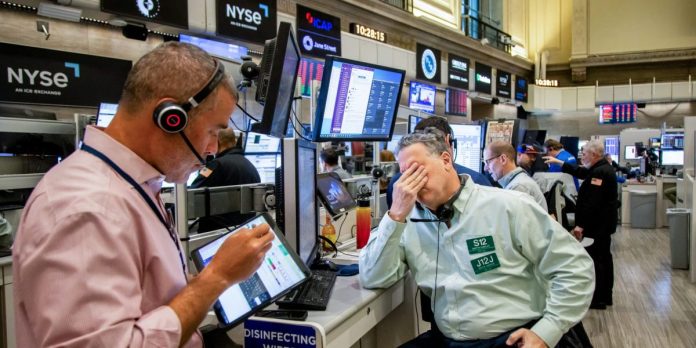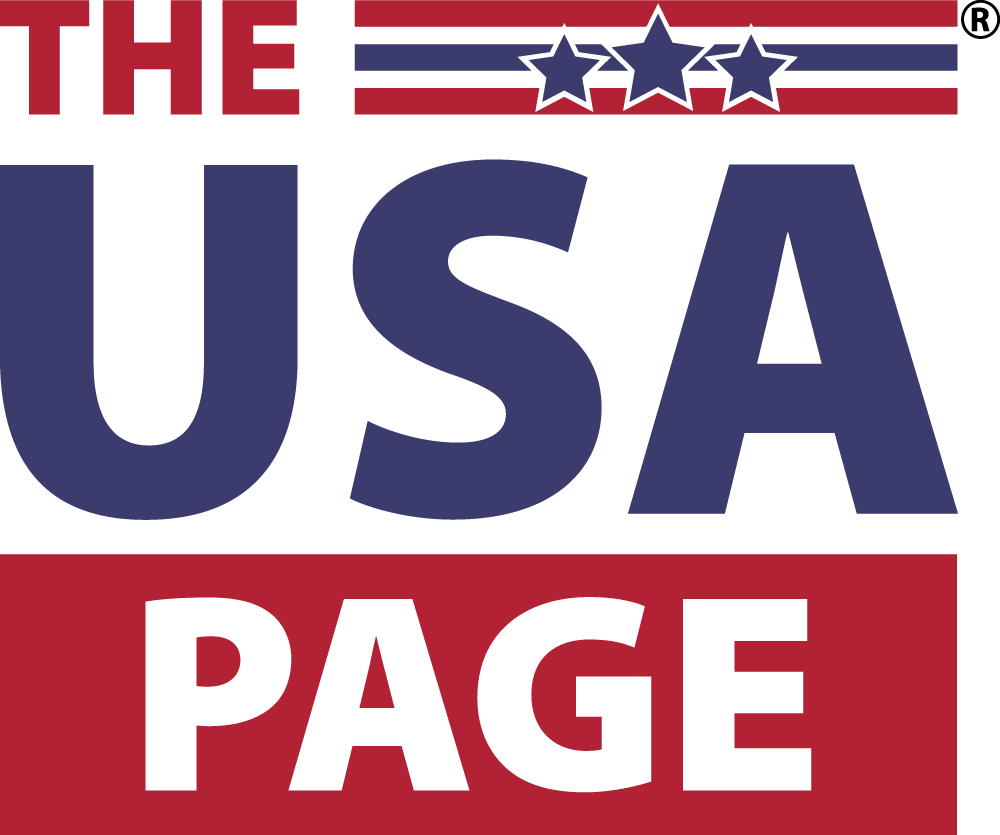- Most Americans are experiencing challenges with their 401(k)s since the unveiling of reciprocal tariffs by Trump in the Rose Garden last week. The initial drop in the benchmark 10-year yield gave hope to those interested in lower mortgage rates, but rates have stayed high, with the average fixed rate on a 30-year mortgage still above 6.6%.
Trump’s widespread reciprocal tariffs caused chaos in the stock market, leading to a rollercoaster ride in the bond market as well. Amid one of the worst equity selloffs on Wall Street, investors flocked to safe-haven assets like Treasuries last week, but a reversal of that trend has left the impact on mortgages and other borrowing costs uncertain for Americans.
On Monday, the yield on the benchmark 10-year Treasury note dropped below 4% for the first time since October, but quickly rose during a volatile trading session, causing yields across all maturities to increase by at least 20 basis points, as reported by Bloomberg. By Tuesday afternoon, the 10-year yield was near the 4.30% mark as stocks closed in the red after early gains were pared back.
Various theories have been proposed by market watchers to explain this sudden shift in yields as both stocks and bonds experienced declines simultaneously.
“Everyone is trying to find a narrative to explain the significant rise in Treasury yields yesterday,” said Bill Merz, head of capital markets research at U.S. Bank Asset Management Group, “but the truth is, nobody knows.”
There are likely a few simple explanations behind this retracement in yields. Investors rushed to safety last week by selling stocks and buying Treasuries. It’s only natural for traders to partially reverse those positions, leading to the bounce in Treasury yields, according to Merz.
Yields, which represent an investor’s annual return, increase as bond prices fall, and vice versa. This often occurs when investors anticipate that the Federal Reserve will need to raise rates, making existing bonds less attractive compared to new debt.
It’s not surprising that yields have been fluctuating as the market struggles to predict the Fed’s next move. In late February and early March, traders expected two to three rate cuts, but the tariff unveiling led to a sudden expectation of four to five rate reductions, pushing yields down. However, some are less optimistic.
In a speech on Friday, Fed Chair Jerome Powell indicated that the central bank will maintain a wait-and-see approach as widespread tariffs raise concerns of stagflation. Investors hoped for a sign that the Fed was ready to provide relief if the downturn continues, but that assurance was not given.
It’s been a challenging time for most Americans’ 401(k)s since Trump introduced reciprocal tariffs. While the initial drop in yields may offer hope to those looking for lower mortgage rates, which are tied to the 10-year Treasury, the average fixed rate on a 30-year mortgage remains above 6.6%.
Even if the president intended to lower borrowing costs by tanking the market, the strategy may not be effective. The average fixed rate on a 30-year mortgage has remained above 6.6% and has not significantly changed in recent weeks, according to Freddie Mac.
The spread between that rate and the 10-year yield is currently substantial, which can increase during periods of market stress. Investors may favor safer Treasuries over mortgage bonds, which is not beneficial for consumers and borrowers.
This story was originally featured on Fortune.com




